‘What advice would you give to your younger self?’ has become a popular question in interviews in recent years. It’s meant to generate something profound but, musing privately, I always find it a puzzler. Sometimes I think that maybe I shouldn’t have wasted so much of my twenties talking nonsense in pubs, but on the other hand I really enjoyed it. So I usually settle on: ‘Don’t buy a sofa bed, especially not the kind with a concealed metal frame that you pull out.’ Unbelievably, I’ve done this twice. These vast, unwieldy contraptions cost a bomb, weigh a ton, make a terrible sofa and an uncomfortable bed. If you’re 16 and reading this, be warned.
It’s just as well, perhaps, that I’m not on Kirsty Young’s new podcast Young Again which asks her interviewees to revisit their earlier years with the benefit of accrued wisdom. Her first guest was Linda Evangelista, the supermodel who prowled the catwalks of the 1990s and Noughties while looking like a lither, fiercer Sophia Loren. Evangelista, now 58, had a precocious notion of glamour as a human right: in seventh grade, she tearfully convinced her working-class Italian-Canadian mother that she ‘needed more outfits’.
Aged 12, and already a statuesque 5ft 8in, she enrolled in a local modelling school, and by 16 found herself alone on a job in Tokyo. The Japanese agency requested nude shots, which rang alarm bells even with a rookie. Although Evangelista’s surprisingly girlish voice, seasoned with vocal fry, still suggests an innocent abroad, she had enough nous even then to get herself on a plane back to Canada sharpish. Next stop was the Miss Teen Niagara pageant, where she was spotted by a scout from Elite model agency: the rest is fashion history.
Behind the glossy magazine covers, there are glimpses here of a deceptive, predatory world rife with bullying and sexual exploitation. At 22, Evangelista married Elite’s European boss, Gérald Marie, whom she says was charming at first, then abusive (her parents never approved of the union. Life lesson? ‘Listen to your parents!’). Marie has since been accused of rape by a number of former models, something he denies. But Evangelista says she believes them – although she didn’t know about it during their six-year marriage – and grows audibly distressed: she wishes she had done more to warn other women about him.
Against this backdrop, what a thrill it must have been to be crowned a ‘super’ – that shifting band of first-name-famous models, which began with Linda, Cindy, Christy, Naomi and Tatjana together on the January 1990 cover of Vogue. Evangelista’s famous brag that ‘I don’t get out of bed for less than $10,000 a day’ sounds less like arrogance and more like the triumphal war cry of a woman finally wielding some industry clout.
The past few years have been difficult for her, coming through breast cancer and a rare, disastrous reaction to a non-surgical procedure called ‘coolsculpting’, which was meant to dispel fat but instead left larger, hard lumps. She talks a lot with her son about what beauty really means, she said – an interesting philosophical question – but Young was keen to hark back to the glory days, when Karl Lagerfeld dubbed Linda ‘the Stradivarius of models’. In photographs, the presenter told her guest: ‘You look otherly, like the most beautiful alien from the planet beauty that’s landed among us.’ Quentin Crisp once remarked of his exhibitionism: ‘I was now taking doses so massive that they would have killed a novice.’ Towards the end of this generally compelling interview, I began to feel a bit the same way about Young’s compliments.
Still, I can see how one might slip into hyperbole. The 1990s supers have been everywhere again lately, even the cover of September Vogue (minus the late Tatjana Patitz), wearing their conquest of that more carefree decade like a trophy pelt. And Evangelista, bruised but with cat eyes undimmed, clearly retains her charisma: somewhere in its ruthless, fickle heart, fashion keeps a soft spot for its poster girl.
After decades of hearing other people analyse the lyrics to his Beatles songs, Paul McCartney is finally providing some answers of his own. In the podcast A Life in Lyrics, McCartney talks to the Irish poet Paul Muldoon about the ideas behind the words, sprinkling in autobiography along the way. Each episode will examine a different song, starting with ‘Eleanor Rigby’, a character McCartney says was based on the elderly ladies he knew in Liverpool as a boy. The music, meanwhile, took inspiration from sources as varied as Bach and the jagged violins on the Psycho soundtrack.
Muldoon’s a warmly mellifluous host, and McCartney’s a genial guest, rolling with his companion’s livelier subtextual interpretations without fully committing to them. It was rewarding just to pause and consider the lyrics to ‘Eleanor Rigby’, a compressed short story with the emotional force of poetry. As a portrait of a woman fated to be an overlooked supporting character in other people’s dramas – ‘Picks up the rice in a church where a wedding has been/ Lives in a dream’ – it is still gently heartbreaking.
Got something to add? Join the discussion and comment below.
Get 10 issues for just $10
Subscribe to The Spectator Australia today for the next 10 magazine issues, plus full online access, for just $10.
You might disagree with half of it, but you’ll enjoy reading all of it. Try your first month for free, then just $2 a week for the remainder of your first year.


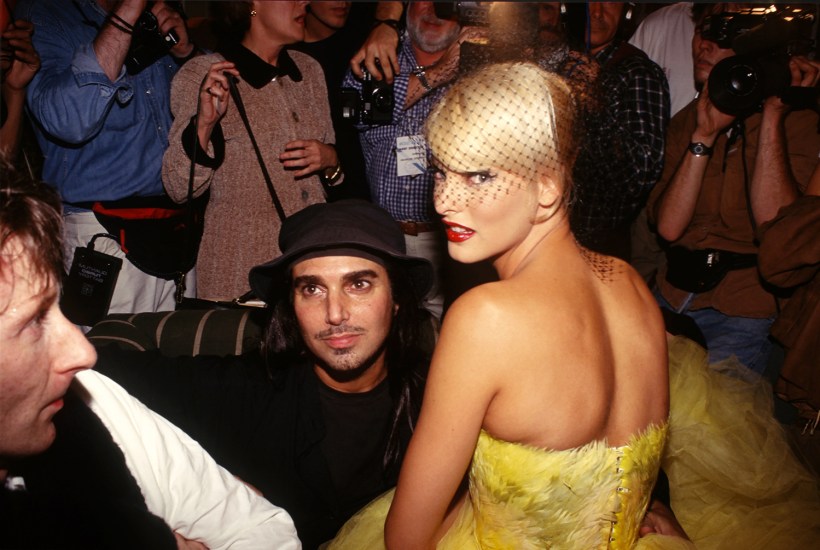
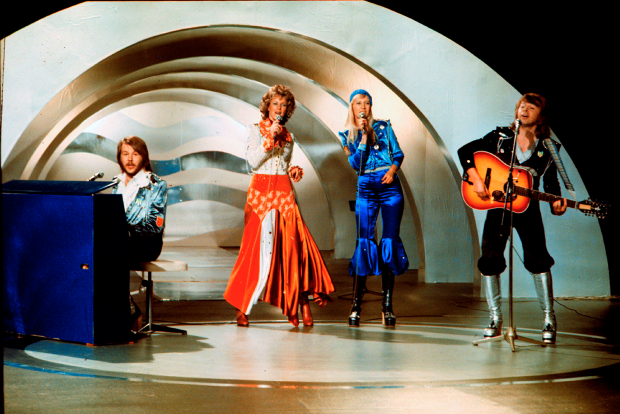

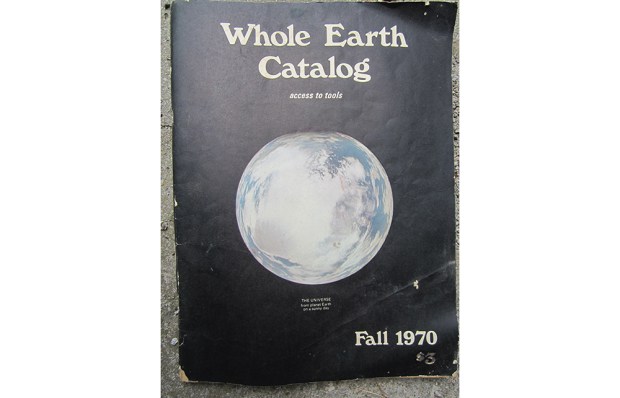

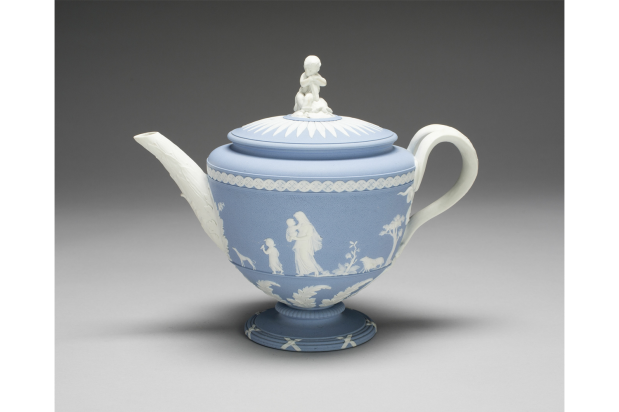
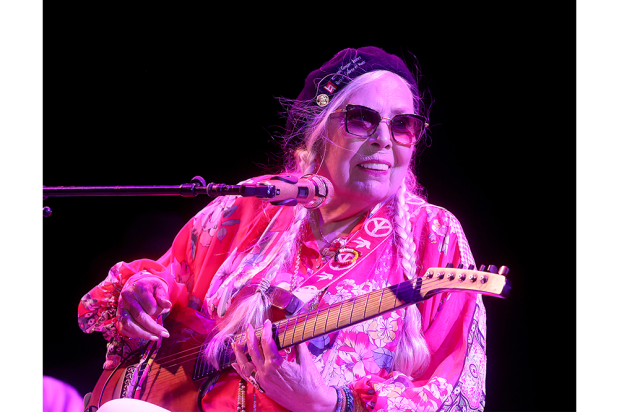






Comments
Don't miss out
Join the conversation with other Spectator Australia readers. Subscribe to leave a comment.
SUBSCRIBEAlready a subscriber? Log in